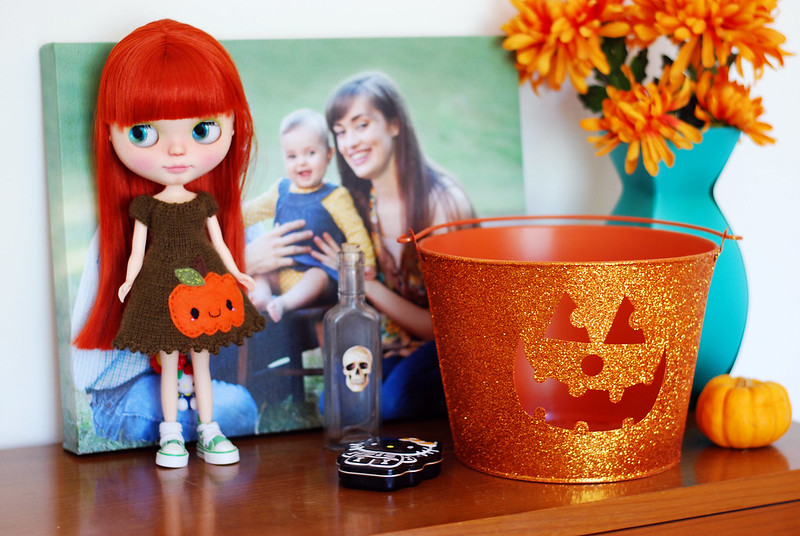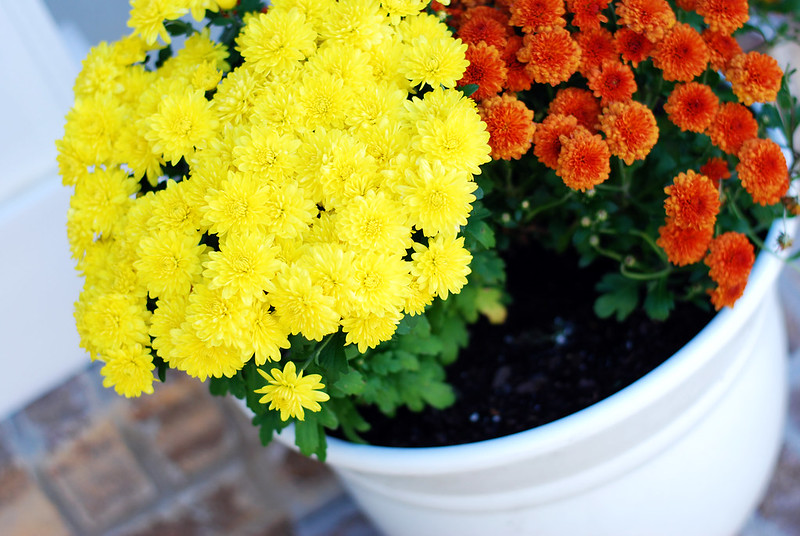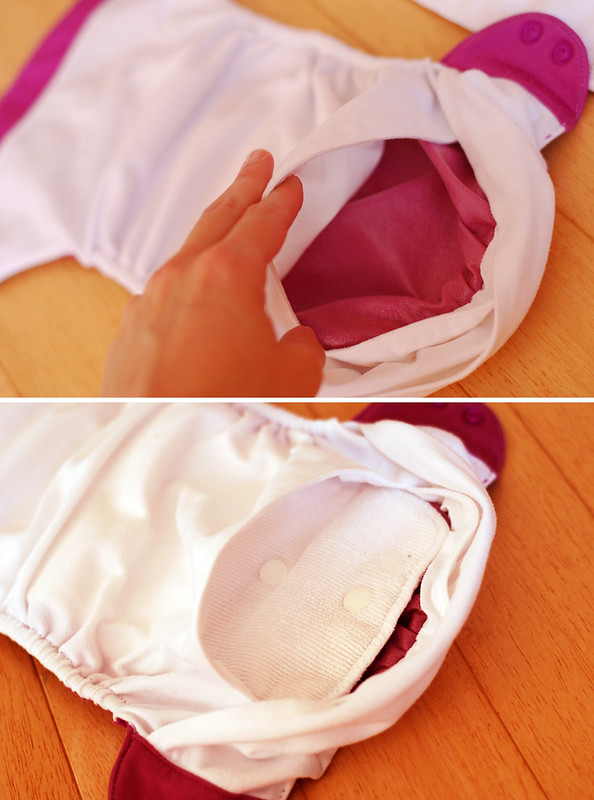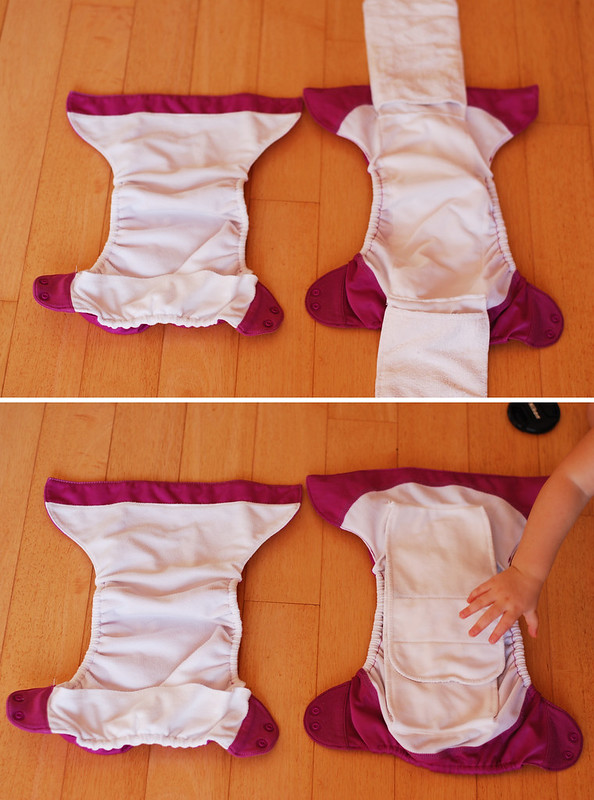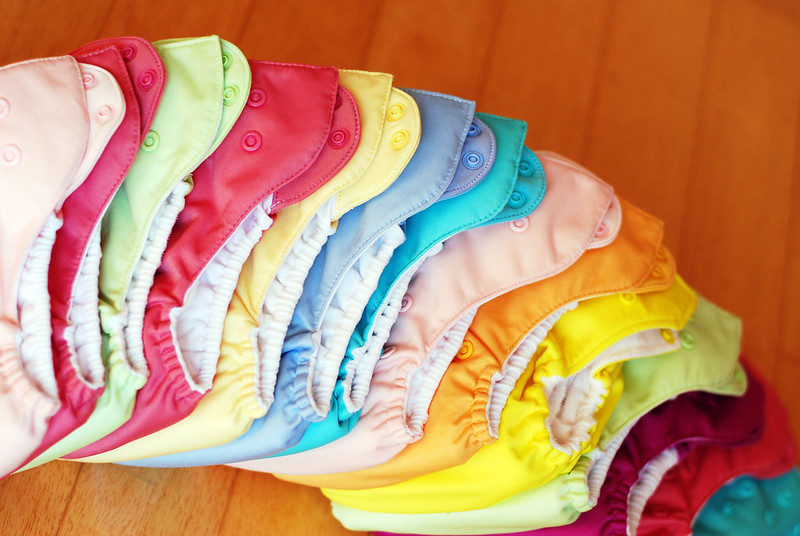As promised in my last post,
here are the details of our cloth diaper wash routine. This works at our
house, but depending on your water chemistry or your kiddo's eating
habits your routine may be completely different. The whole system was
generally a process of trial and error, but it was definitely helpful
for me to read the routines that worked for others when developing ours.
As far as the nuts and bolts, we wash every other day for the
most part. Our preferred detergent is Rockin' Green. For each load we
start by running a full cycle on cold with no detergent at all. We then
switch to hot and add 3 tablespoons of detergent.
We let the diapers
soak with the detergent for at least an hour, sometimes longer, prior to
finishing the first hot cycle. Soaking was a new skill to me with our
washer. We have a top loader so it turns out that all we have to do is
leave the lid open as the tub fills, but check the owners manual on your
washer for any special tricks. We then do two additional hot rinse
cycles. Once the rinses are complete, we line dry our pail liners, wet
bags, diaper shells, and all-in-ones. We throw the liners in the drier.
Due to space constraints in our laundry room, we don't have a drying rack. Instead we use hangers on the wire shelf above our washer and drier.
This
may be a "Duh!" moment for some, but for me this was revolutionary -
You can dump the whole can of diapers straight into your washing
machine! For months I was suiting up in hazmat gear to un-stuff each
diaper prior to washing it. Not only was this gross, turns out it was
completely unnecessary. The washer separates the shells from the liners
just fine on its own. Woohoo!
I know what you're thinking. I
haven't touched on the stinkiest subject yet. Poop. This is probably
what makes or breaks a cloth diapering household. Is it scary? You bet.
But I don't think it's monumentally worse than with disposables, at
least for me. We were lucky that Little Plum exclusively breast fed for
her first 6 months. Breast fed poo is water soluble and can go right
into your washer without any intervention. That gave us plenty of time
to get our wash routine going without the added complication of poop
removal.
Things got real once solid food was introduced, as any
solid poop needed to be removed from the diaper prior to throwing it in
the can or wash. If you're lucky, you can turn the diaper over and the
offensive material plops into the toilet without further persuasion.
Unfortunately for us, Little Plum has a deep love of beans, corn, and
all things fiber. Our diapers generally require some further assistance
in the poop removal department! Lots of folks use a diaper sprayer
attached to their toilet. They are kind of expensive, but there are also
lots of tutorials available to make your own by using a kitchen sink
sprayer. We happen to have a huge utility sink in our laundry room with a
sprayer. With the rational that all drains lead to the septic tank, I
started spraying ours in the utility sink. For me this keeps any
splatter well contained, and I don't have to do a sprint across the
house with a dripping diaper. I'd also recommend a pair of stout rubber
gloves.
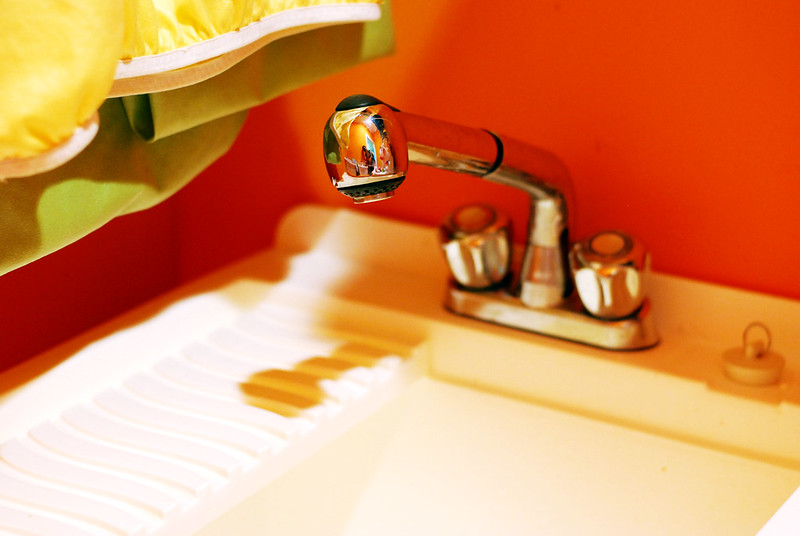 |
| Bonus points if you can spot the awkward laundry room photographer |
Just in case you were wondering, I don't ask daycare to spray
poopy diapers. If it's plop-able they flush it, otherwise they just roll
it up and send it home in the wet bag.
For an extra deep clean,
we have a system to strip our diapers. We only started doing this once
solid food was introduced and our diapers started retaining some extra
stench after washing. We strip our diapers about every 6-8 weeks, using
the BumGenius recommended method of original Dawn dish washing liquid
and bleach.
We start with the same cold cycle, followed by a hot cycle
with detergent. At this point we remove any pail liners, wet bags, or
the rouge diaper that cannot be bleached (Rumparoos at our house). We
then add 2 tablespoons of Dawn and 1/4 cup of bleach and run a hot
cycle. We follow this up with at least 4 additional rinse cycles to make
sure all the bleach is removed. Our diapers may not come out
smelling like daisies exactly, but they don't singe your nose hairs anymore!
A
note about diaper rash creams. We don't get a ton of diaper rash with
cloth, but on the occasion that we do we prefer the California Baby
diaper rash cream for cloth diapers.
Whatever you choose to use, be sure it is cloth diaper safe. Traditional
diaper creams with ruin your cloth diapers by basically making the
absorbent side waterproof. We had one diaper sacrificed to some Desitin
at daycare. No matter how many times we stripped that diaper, the
Desitin just wouldn't come out. Live and learn.
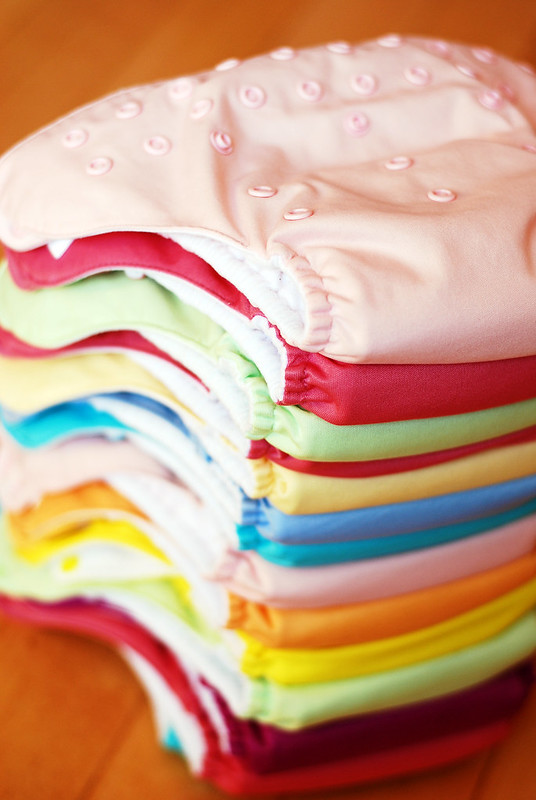 |
| So fresh and so clean! |
So that's it,
our cloth diaper routine! I hope it was helpful for you if you're
starting on this journey (or even if you've been using cloth for a
while!). I realize cloth isn't for everyone, but it is totally doable
even for a working mom and a kiddo in daycare. Our system is constantly
evolving as Little Plum grows, so feel free to share any tips or tricks
in the comments!

